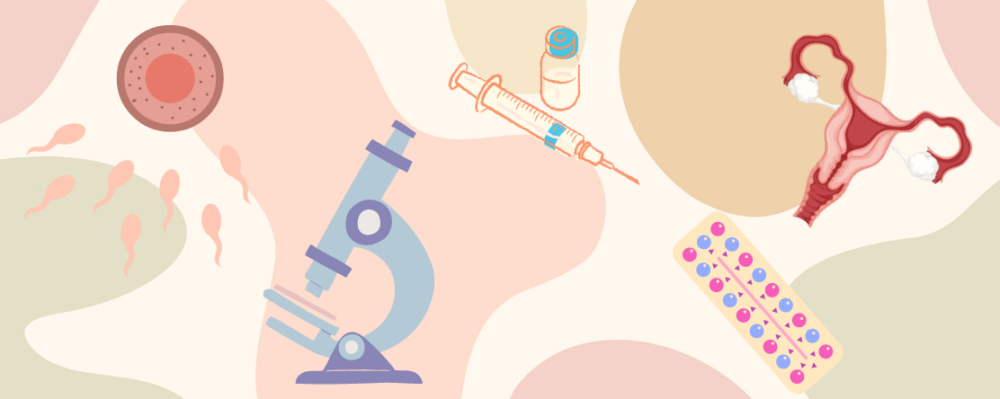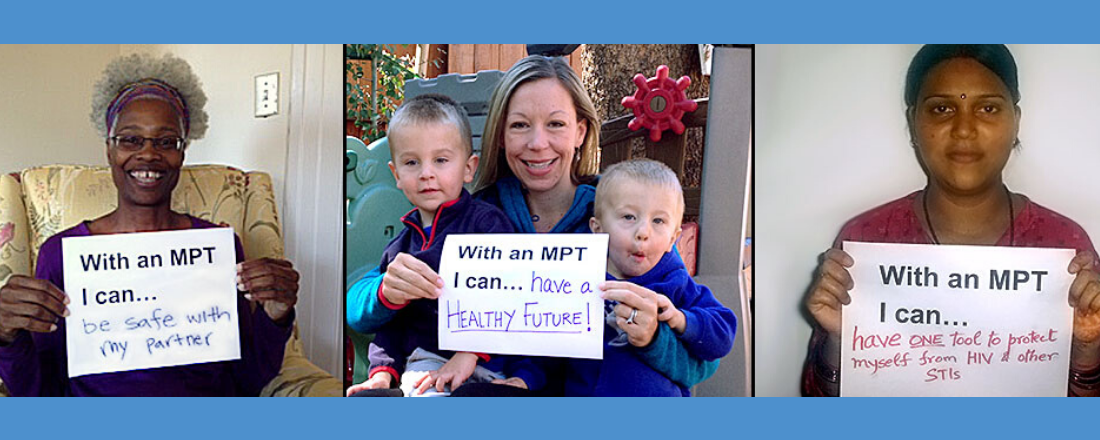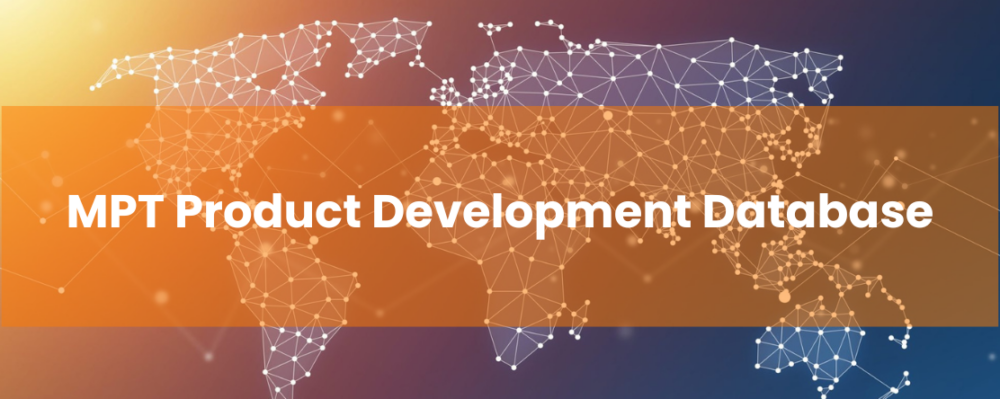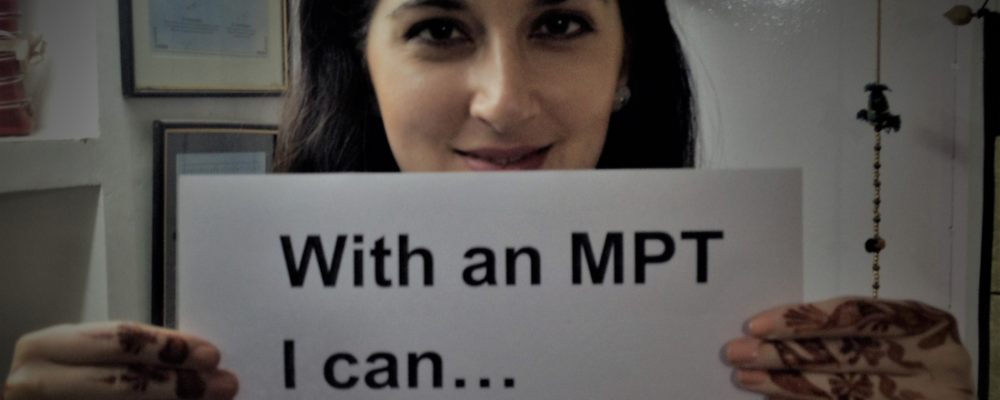
Bridging The Gap: Advancing Multipurpose Prevention Technologies from the Lab into the Hands of Women
- Bethany Young Holt, PhD, MPH
- James Kiarie, Gregory S Kopf, Kavita Nanda, Anke Hemmerling, Sharon L Achilles
-
Focus Areas
Women, Youth & Children -
Issues
Reproductive & Sexual Health -
Programs
CAMI Health

Multipurpose Prevention Technologies (MPTs) are a suite of products that combine prevention of at least two sexual and reproductive health (SRH) risks, including HIV, other STIs, and unintended pregnancy.
MPTs have the capacity to help women take control of their sexual health, but funding to support the development of MPTs is needed to realize its full potential.
In “Bridging The Gap: Advancing Multipurpose Prevention Technologies from the Lab into the Hands of Women,” an open source commentary in Biology of Reproduction, PHI’s Bethany Young Holt and partners explore strategies and calls to action for bridging MPT funding and development gaps in order to advance these products to reach the hands of women.
Read the commentaryOriginally published by Biology of Reproduction
Work With Us
You change the world. We do the rest. Explore fiscal sponsorship at PHI.
Support Us
Together, we can accelerate our response to public health’s most critical issues.
Find Employment
Begin your career at the Public Health Institute.


